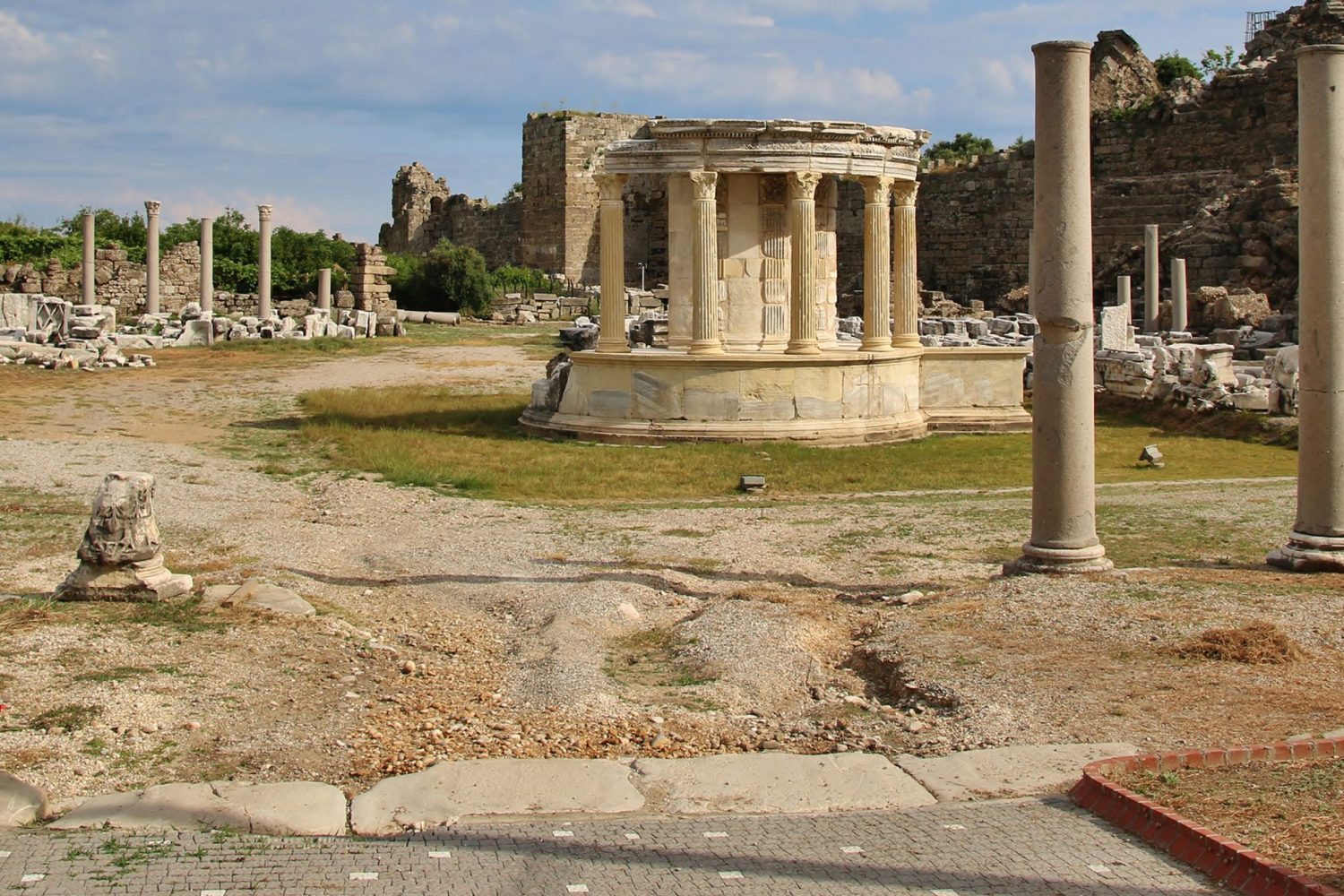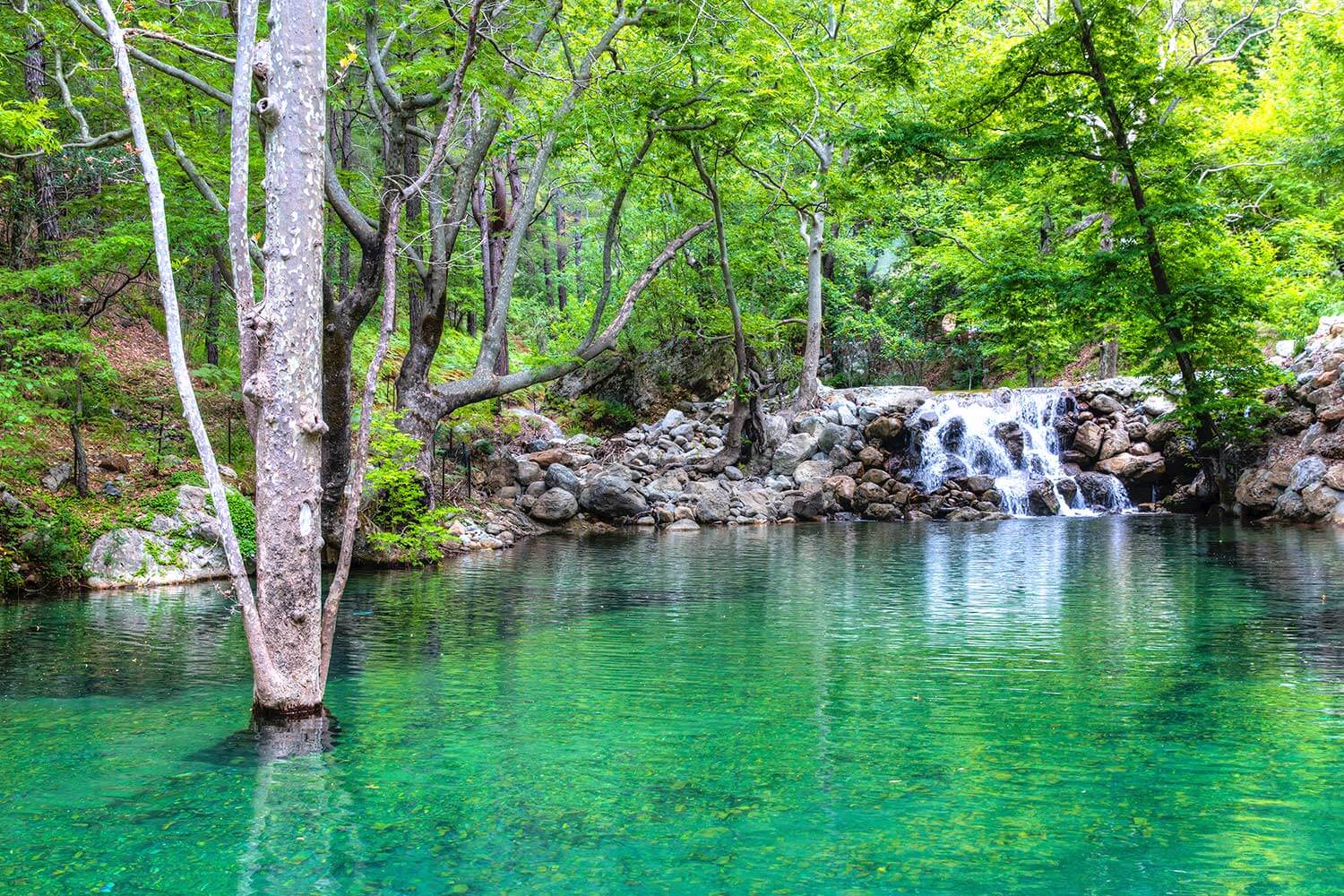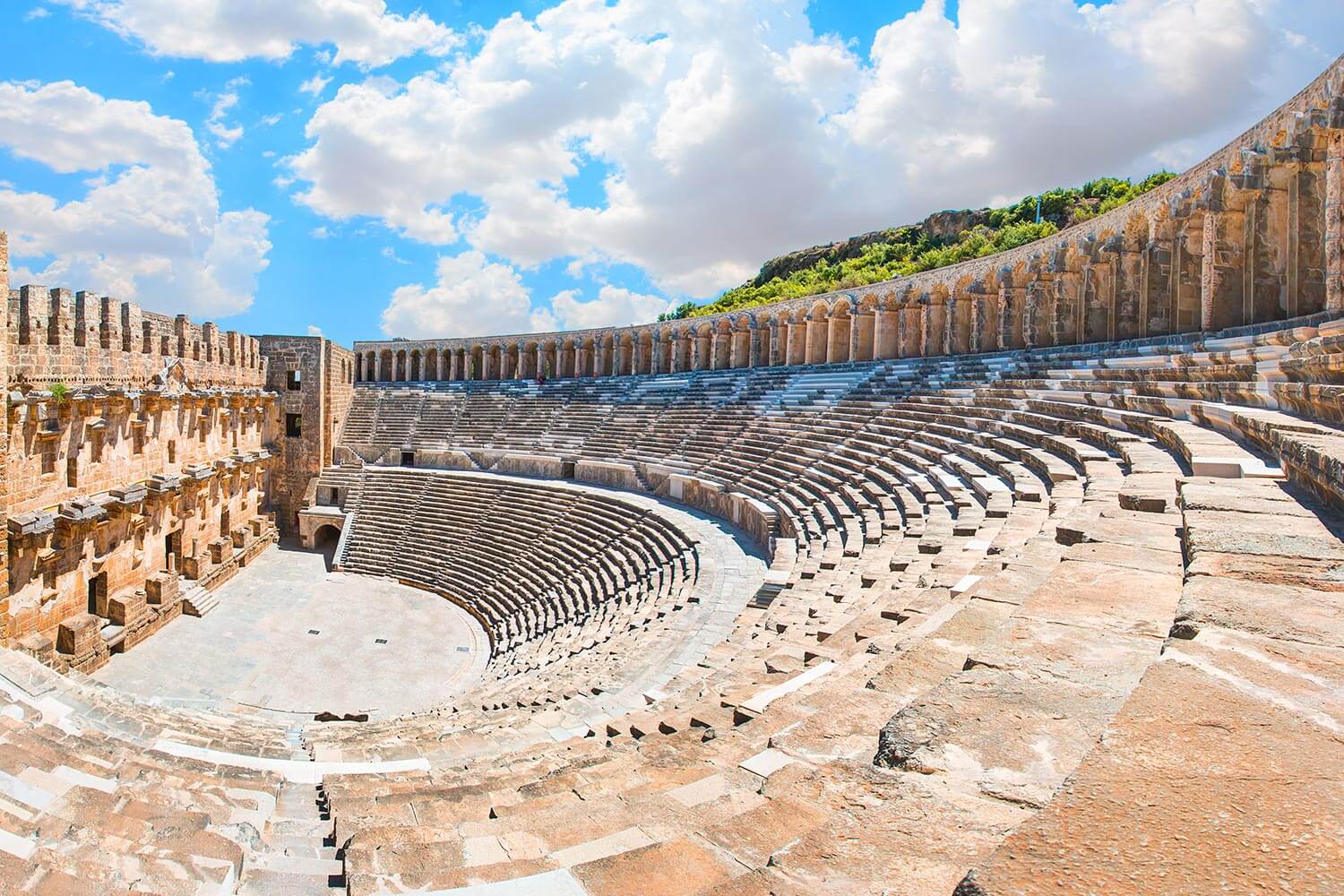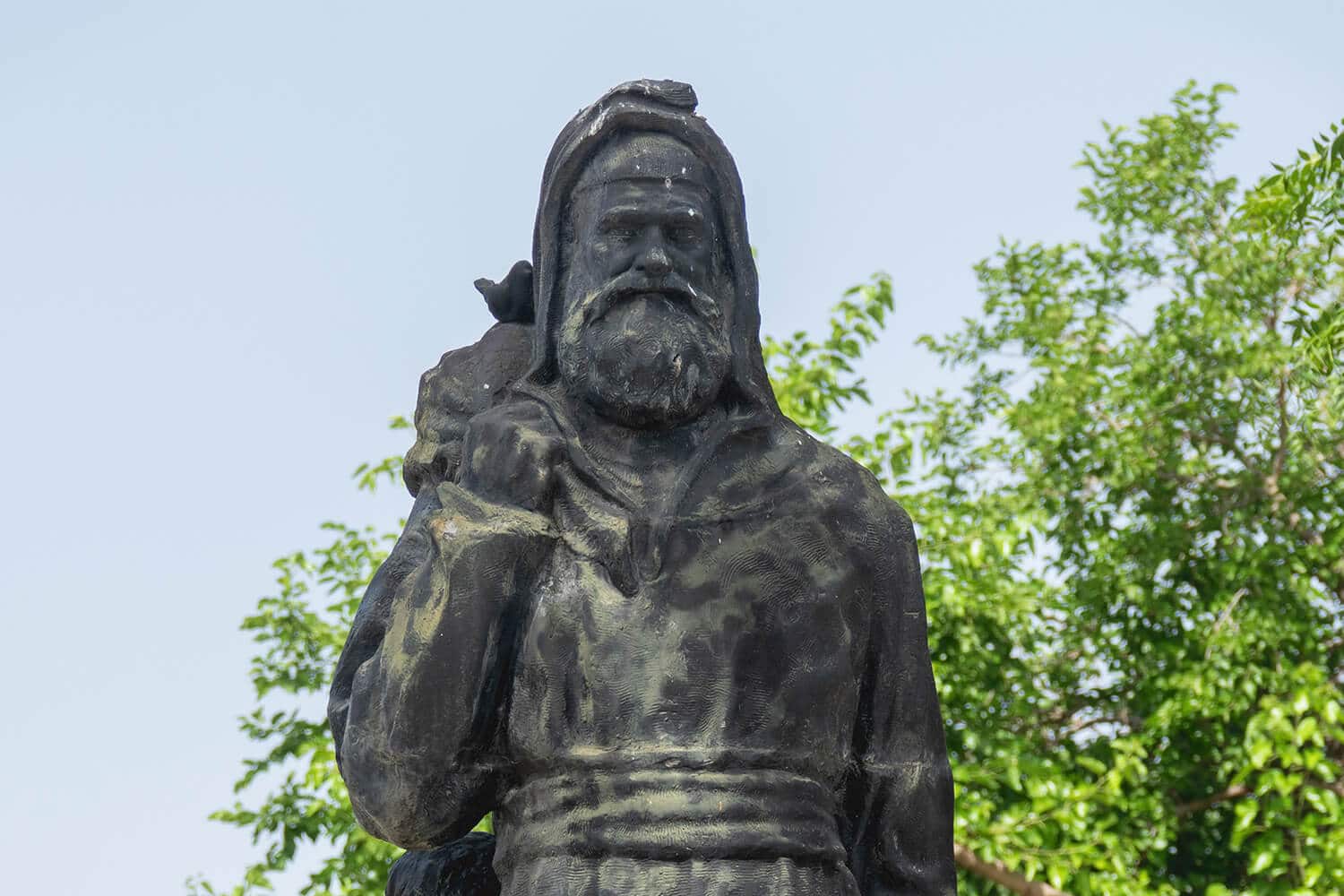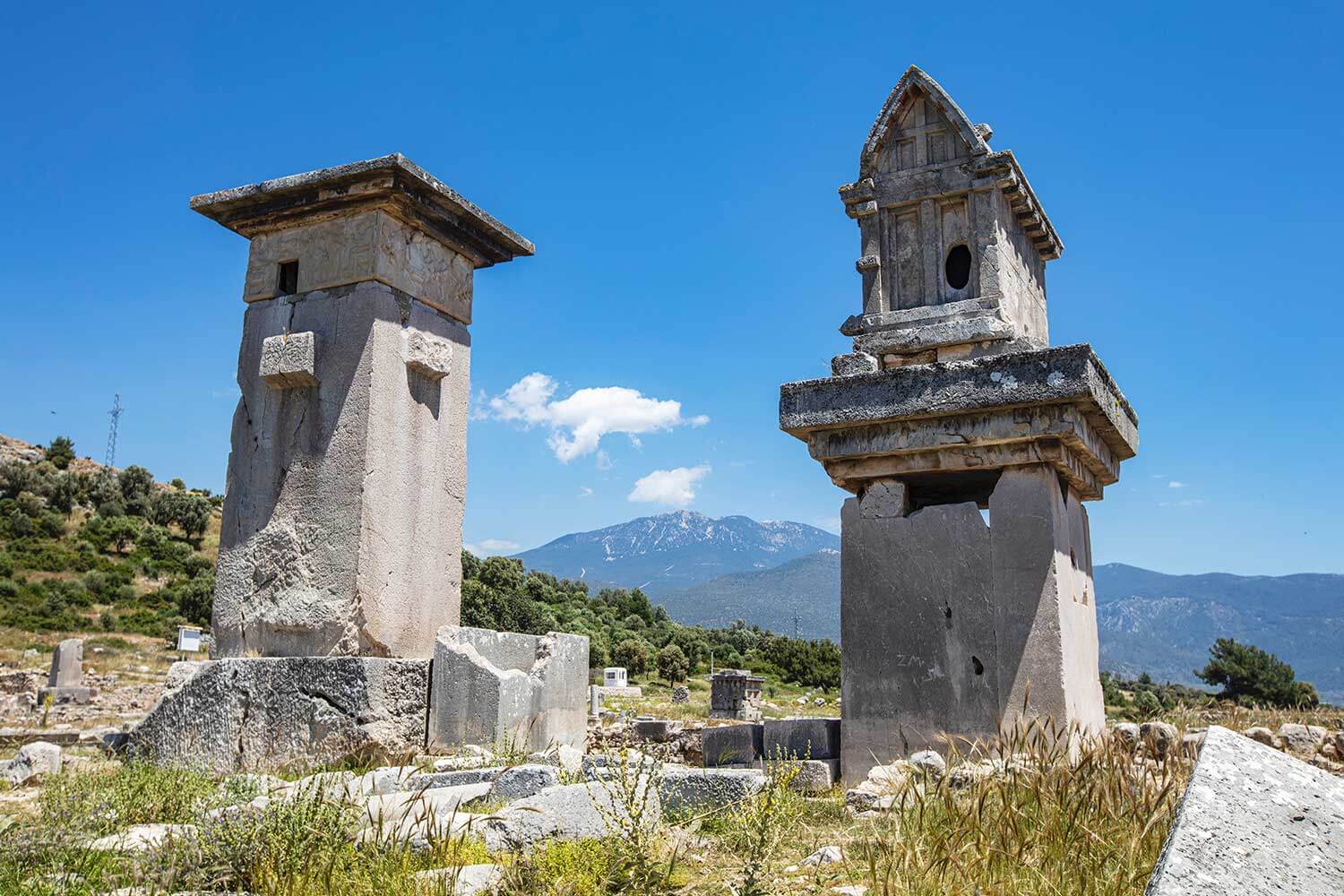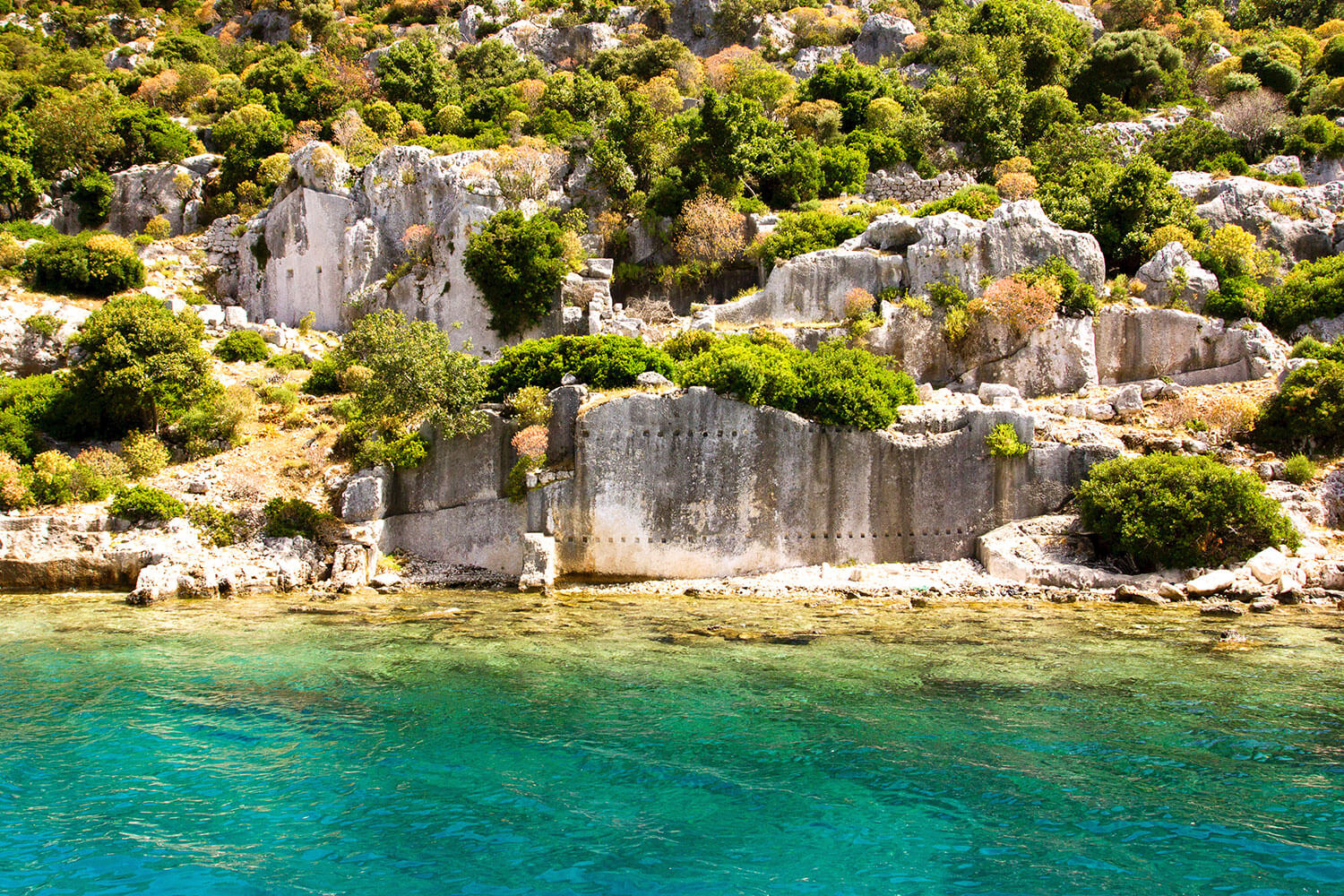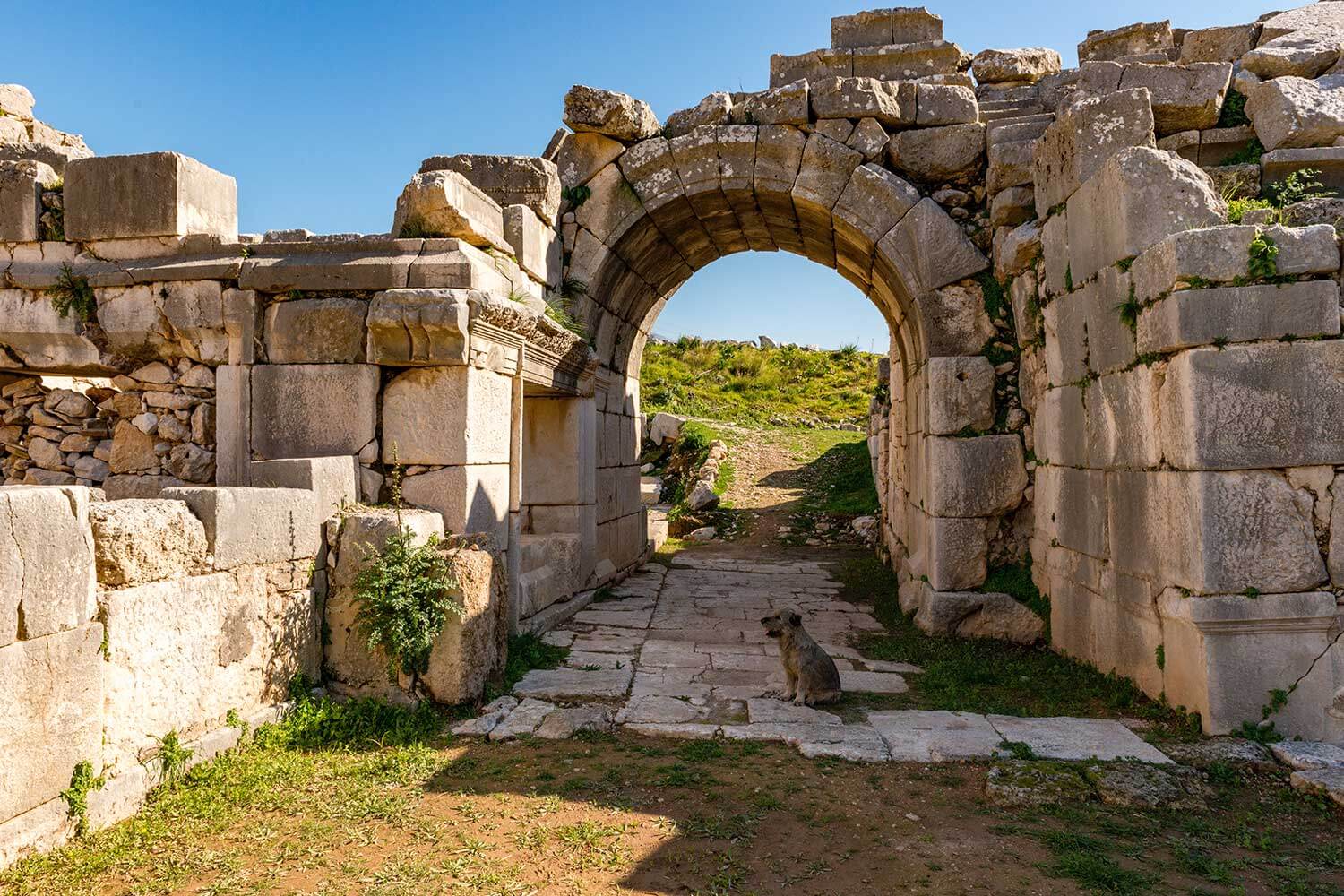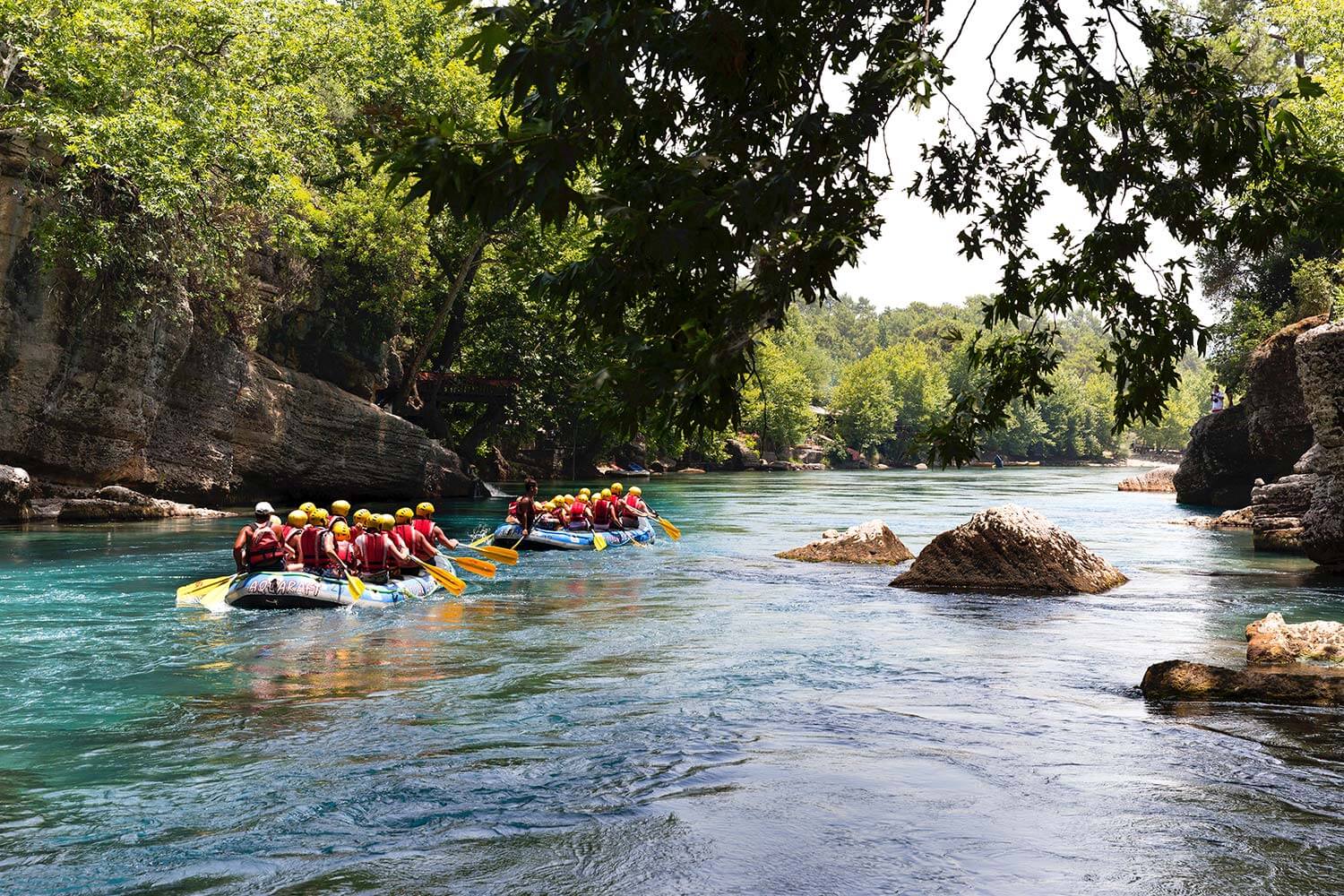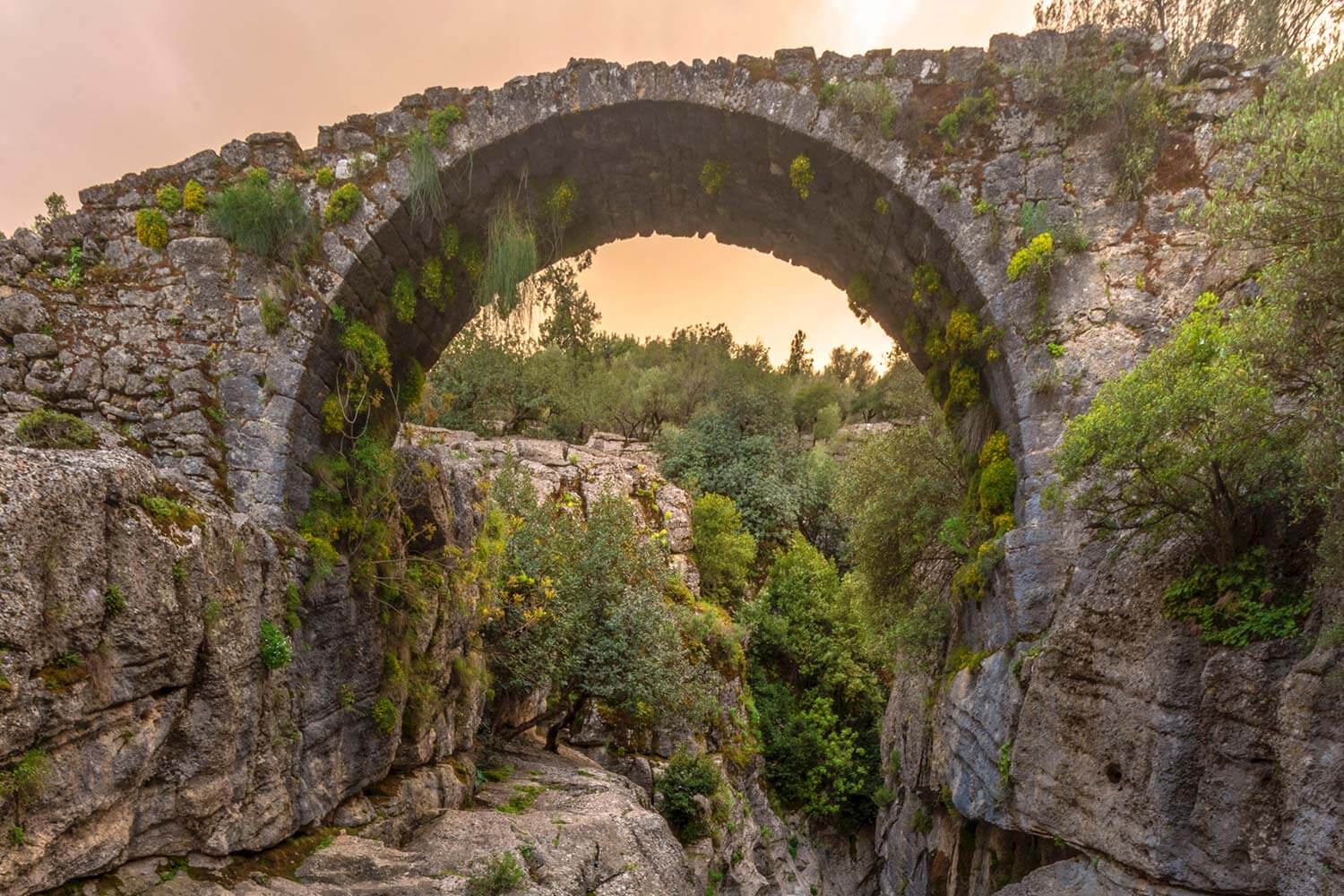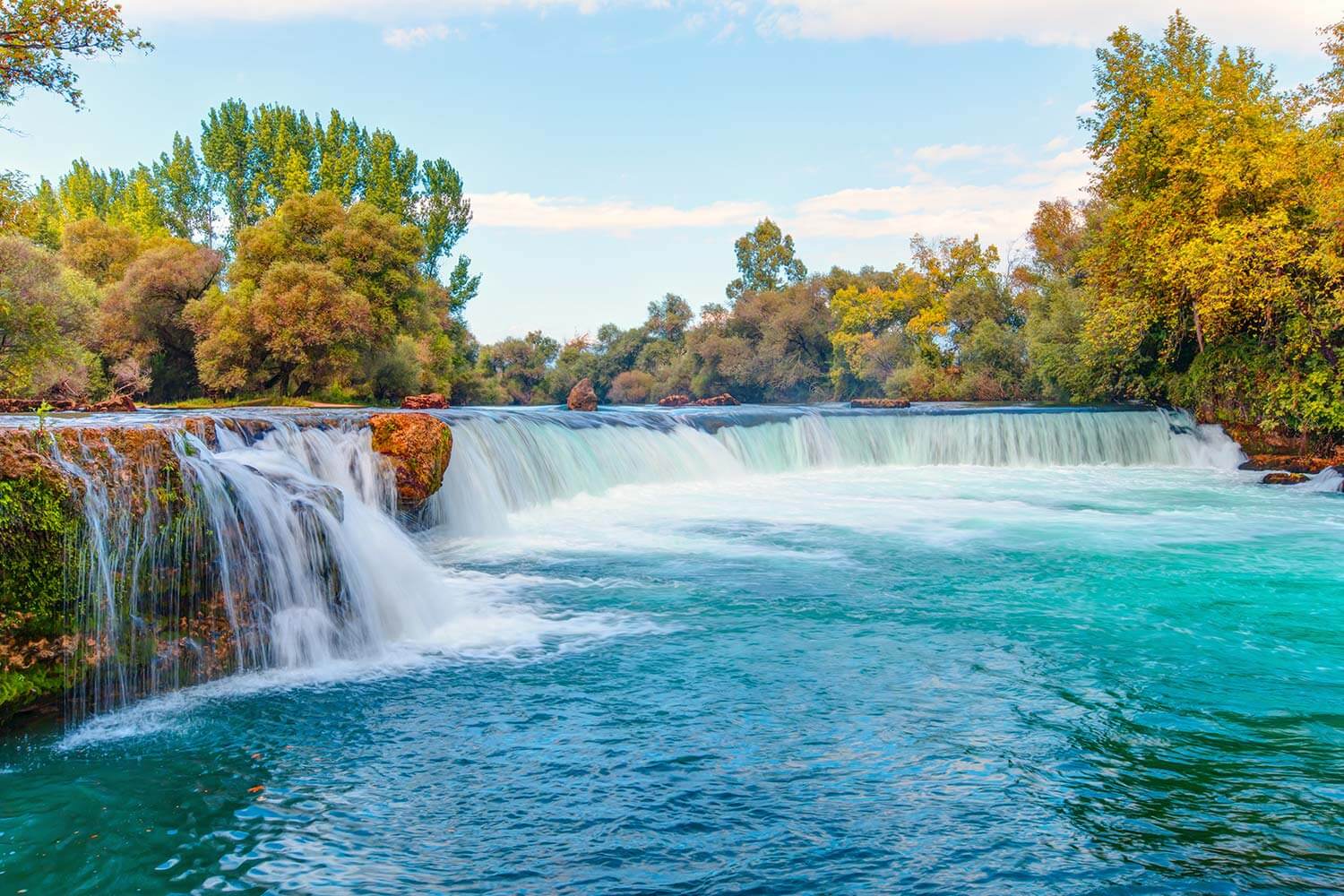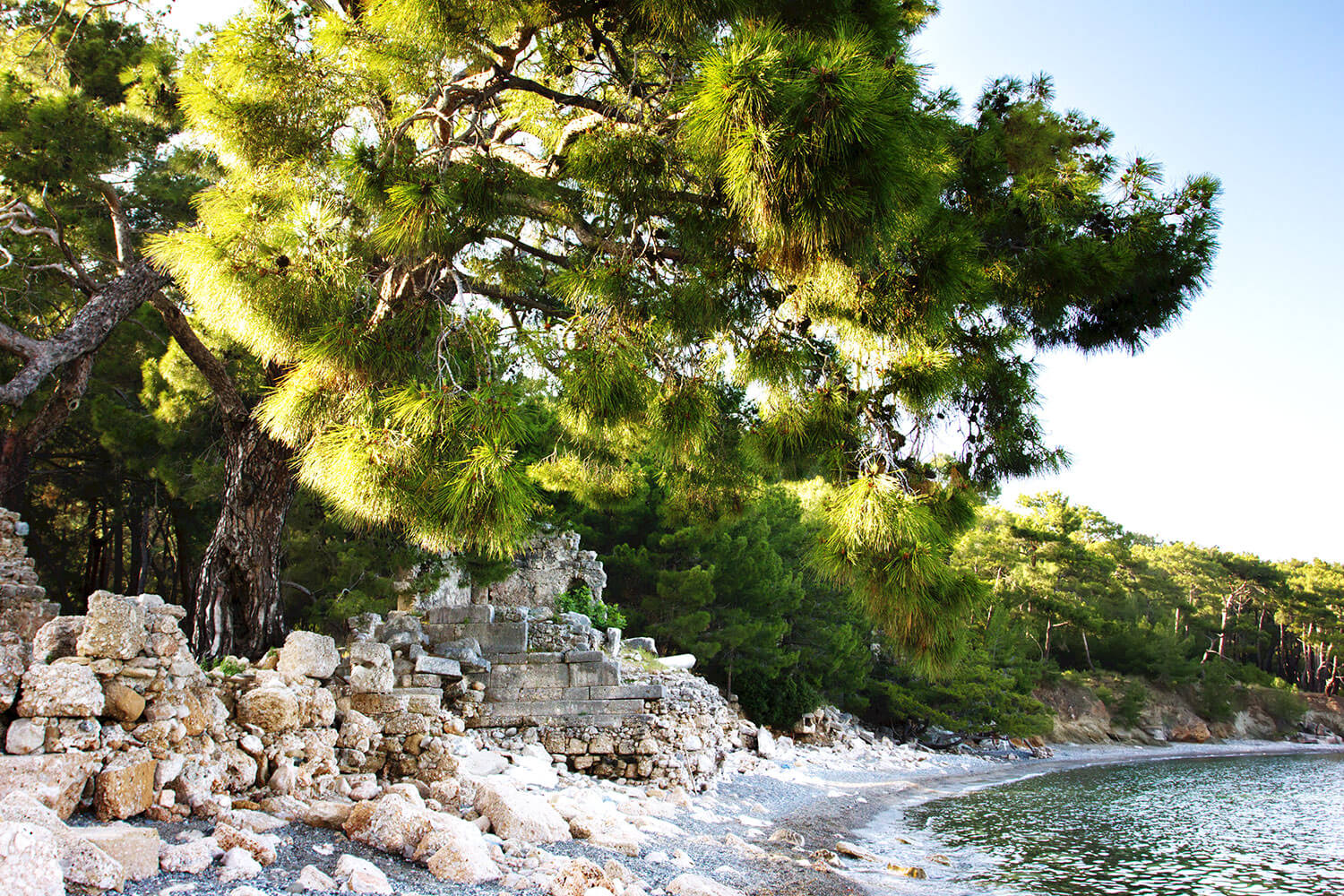When visiting Patara, there are several noteworthy places to explore that showcase the city’s historical and natural attractions. Here are some of the best places to visit in Patara:
Patara Archaeological Site: Explore the extensive ruins of the ancient city, including the theater, parliament building, Roman baths, and city walls.
Patara Beach: Relax on the stunning Patara Beach, which stretches for approximately 18 kilometers and offers crystal-clear waters and soft sand.
Patara Ruins Museum: Visit the museum to see a collection of artifacts excavated from Patara, including statues, pottery, and jewelry.
Patara Lighthouse: Admire the remains of the ancient lighthouse that once guided ships into the harbor of Patara.
Patara Necropolis: Explore the ancient cemetery, located just outside the city walls, which features impressive tombs and sarcophagi.
Roman Aqueduct: Marvel at the remnants of the Roman aqueduct that supplied water to the city during ancient times.
Delikli Tas: Visit the Delikli Tas, a rock-cut tomb believed to be a mausoleum from the Lycian period.
Amphitheater: Discover the ruins of the amphitheater, where theatrical performances and events were held in ancient times.
Parliament Building: Explore the remains of the parliament building, which served as the meeting place for the Lycian League.
Xanthos: Take a short trip to the nearby ancient city of Xanthos, a UNESCO World Heritage Site, known for its archaeological significance.
Letoon: Visit the Letoon, an important religious site dedicated to the goddess Leto and her children Apollo and Artemis.
St. Nicholas Church: Pay a visit to the Byzantine-era St. Nicholas Church, located near Patara, believed to be the birthplace of Saint Nicholas.
Patara Wind Farm: Take a drive to the Patara Wind Farm, located on a nearby hillside, and enjoy panoramic views of the surrounding landscape.
Lycian Way: Embark on a portion of the Lycian Way, a long-distance hiking trail that passes through Patara and offers scenic views of the coast and mountains.
Patara Viewpoint: Climb to a viewpoint overlooking the ancient city and the surrounding landscape, providing a stunning perspective of Patara’s beauty.










